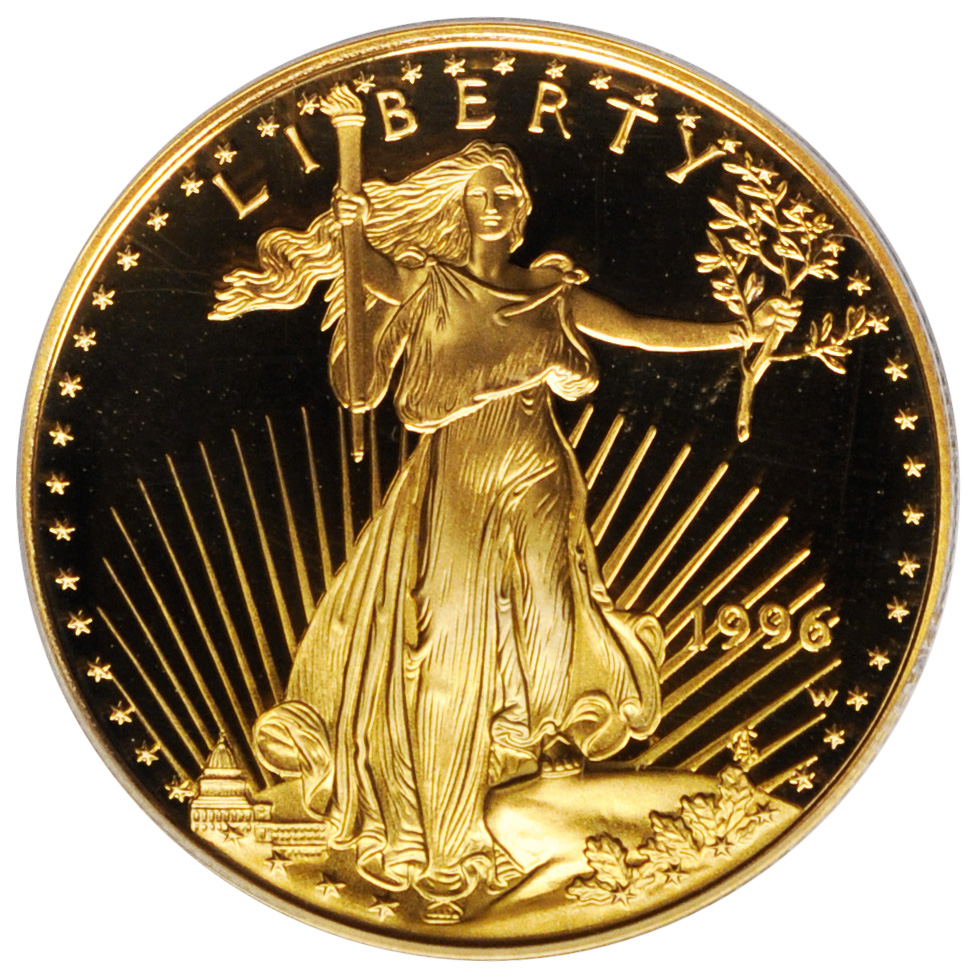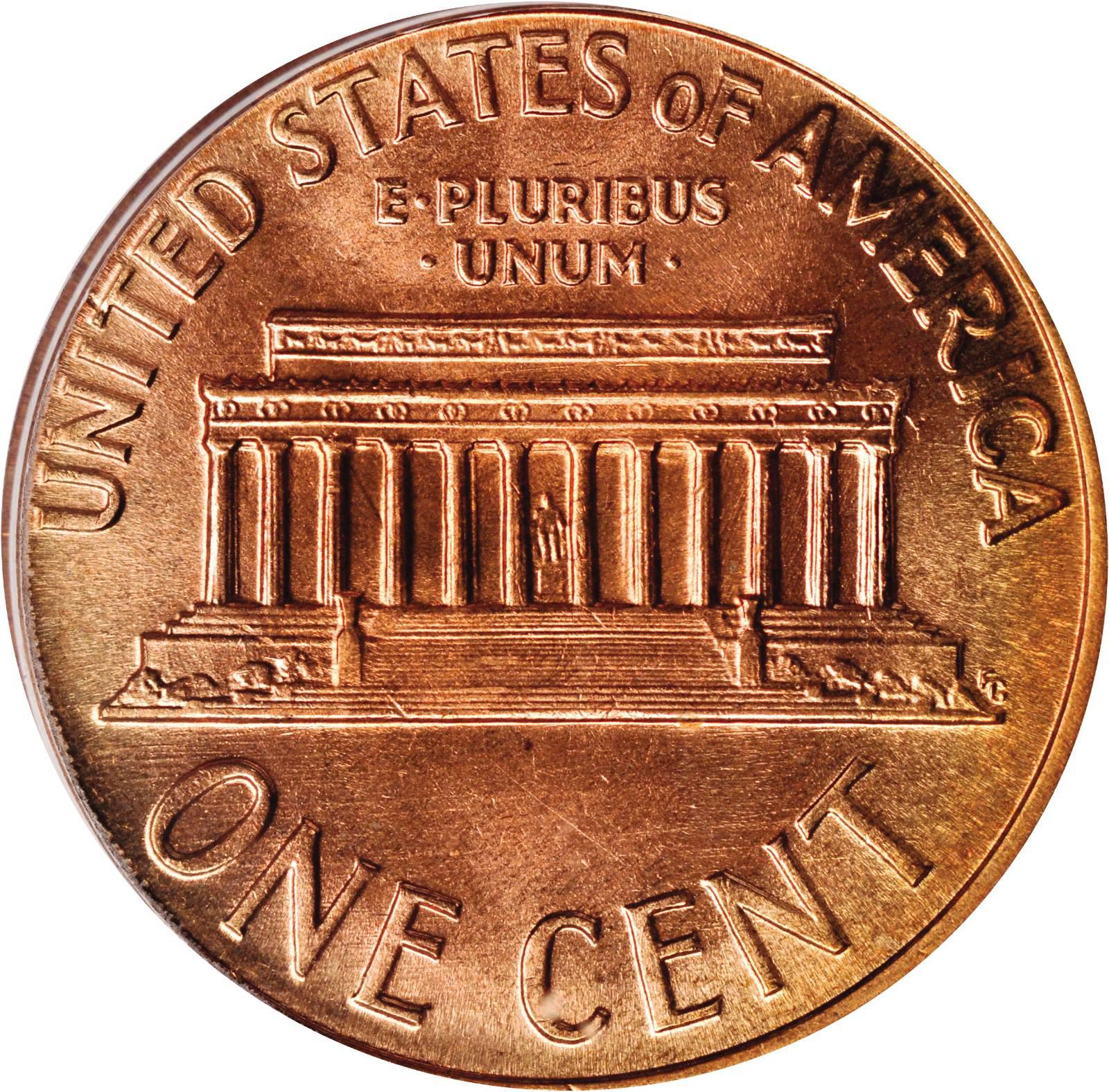

"Joseph and Sarah clearly distrusted the newly-formed Bank of England, the 'banknote' and even the gold coinage of their day because they (chose) to hold onto so many coins dating to the English Civil War and beforehand," he added. Meanwhile, Edmund said the findings reflect the £50 and £100 coins that were used at the time. Even keep track of your coin collection in an online database.
/Silver-Coins-Circulated-57ef00603df78c690f59852f.jpg)
Connect with dealers, other coin collectors and put coins up on your wishlist look up coin prices and values and ask for coins on your wishlist to make offers for. Their family line dwindled soon after the couple died, which is presumably why the coins were never retrieved, the auction house added. Look up coin prices and values to see how much your collection is worth. They traded iron ore, timber and coal from the Baltic states and several generations took up posts as lawmakers in the early 1700s.

"The coins almost certainly belonged to the Fernley-Maisters, Joseph and Sarah who married in 1694," reads the press release.Īccording to Spink & Son, the Maisters were an influential mercantile family from the 16th century to the 18th century. "This find of over 260 coins is also one of the largest on archaeological record from Britain, and certainly for the 18th century period," he added. "It is a wonderful and truly unexpected discovery from so unassuming a find location," Edmund said in the press release. Gregory Edmund, an auctioneer with Spink & Son, said the remarkable trove is unlike any find in British archaeology or like any coin auction in living memory. The current denomination structure consists of seven coins: 500, 100, 50, 25. is circulated or appears to have been circulated, it drops significantly in value. The stash of coins has an estimated value of £100,000 (US$116,000) in today's spending power, auctioneers said. Coins comply their role as currency, value deposit, and account units. A perfect coin is very rare and is therefore worth a lot of money. The cup, described as being no larger than a soft-drink can, contained more than 260 gold coins dating from 1610 to 1727. While renovating their kitchen in July 2019, residents unearthed a salt-glazed earthenware cup burrowed underneath the concrete and floorboards of their home in Ellerby, North Yorkshire. intrinsic value of collectible coins can be particularly confusing because one coin is not necessarily always greater than. The discovery is one of the biggest hoards of 18th century English gold coins ever uncovered in Britain, according to auction house Spink & Son in a press release sent to CNN on Thursday. A house refurbishment in northern England has uncovered a trove of gold coins, which could be worth up to £250,000 (US$290,000) at auction next month.


 0 kommentar(er)
0 kommentar(er)
